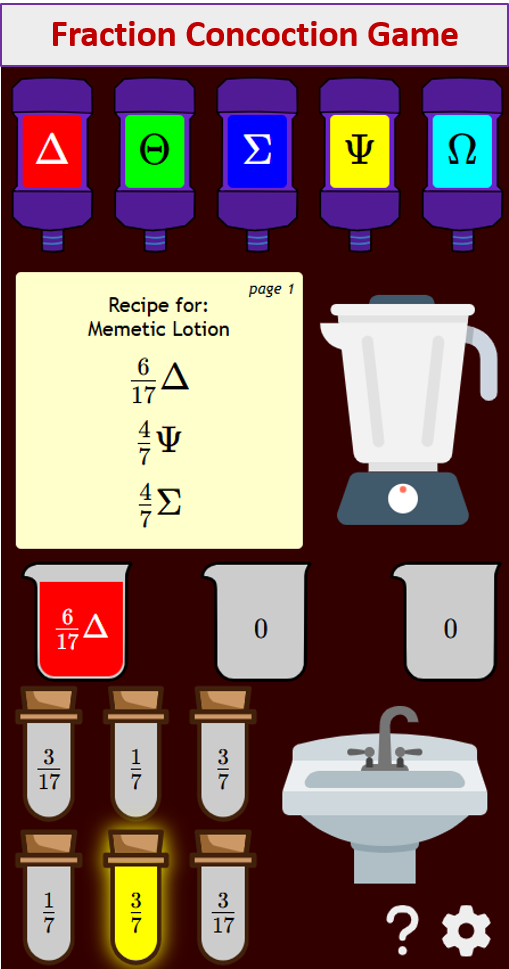IGCSE Maths 2020 0580/42 Oct/Nov
Cambridge CIE IGCSE Past Papers and solutions.
Questions and Worked Solutions for IGCSE 2020 0580/42 Oct/Nov Paper 4.
Related Pages
More IGCSE Past Papers
Share this page to Google Classroom
IGCSE 2020 0580/42 Oct/Nov Questions (pdf)
IGCSE 2020 0580/42 Oct/Nov Mark Scheme (pdf)
- Karel travelled from London to Johannesburg and then from Johannesburg to Windhoek.
(a) The flight from London to Johannesburg took 11 hours 10 minutes.
The average speed was 813km/h.
Calculate the distance travelled from London to Johannesburg.
Give your answer correct to the nearest 10km.
(b) The total time for Karel’s journey from London to Windhoek was 15 hours 42 minutes.
The total distance travelled from London to Windhoek was 10260km.
(i) Calculate the average speed for this journey.
(ii) The cost of Karel’s journey from London to Windhoek was $470.
(a) Calculate the distance travelled per dollar.
(b) Calculate the cost per 100km of this journey.
Give your answer correct to the nearest cent.
(c) Karel changed $300 into 3891 Namibian dollars.
Complete the statement. - (a) Describe fully the single transformation that maps triangle T onto triangle P.
(b) (i) Reflect triangle T in the line x = 1.
(ii) Rotate triangle T through 90° anticlockwise about (6, 0).
(iii) Enlarge triangle T by a scale factor of -2, centre (1, 0). - (a) Beth invests $2000 at a rate of 2% per year compound interest.
(i) Calculate the value of this investment at the end of 5 years.
(ii) Calculate the overall percentage increase in the value of Beth’s investment at the end of 5 years.
- The height, hcm, of each of 120 plants is measured.
The cumulative frequency diagram shows this information.
(a) Use the cumulative frequency diagram to find an estimate of
(i) the median,
(ii) the interquartile range,
(iii) the 60th percentile,
(iv) the number of plants with a height greater than 40cm.
(b) The information in the cumulative frequency diagram is shown in this frequency table.
(i) Calculate an estimate of the mean height.
(ii) A histogram is drawn to show the information in the frequency table.
The height of the bar representing the interval 10 < h ≤ 20 is 7.2cm.
Calculate the height of the bar representing the interval 30 < h ≤ 50. - Ahmed sells different types of cake in his shop.
The cost of each cake depends on its type and its size.
Every small cake costs $x and every large cake costs $(2x + 1).
(a) The total cost of 3 small lemon cakes and 2 large lemon cakes is $12.36 .
Find the cost of a small lemon cake.
(b) The cost of 18 small chocolate cakes is the same as the cost of 7 large chocolate cakes.
Find the cost of a small chocolate cake.
(c) The number of small cherry cakes that can be bought for $4 is the same as the number of large cherry cakes that can be bought for $13.
Find the cost of a small cherry cake.
(d) Petra spends $20 on small coffee cakes and $10 on large coffee cakes.
The total number of cakes is 45.
Write an equation in terms of x.
Solve this equation to find the cost of a small coffee cake.
Show all your working. - The diagram shows six discs.
Each disc has a colour and a number.
(a) One disc is picked at random.
Write down the probability that
(i) the disc has the number 4,
(ii) the disc is red and has the number 3,
(iii) the disc is blue and has the number 4.
(b) Two of the six discs are picked at random without replacement.
Find the probability that
(i) both discs have the number 3,
(ii) both discs have the same colour.
(c) Two of the six discs are picked at random with replacement.
Find the probability that both discs have the same colour. - (a) Complete the table.
- (a) The points A, B, C, D and E lie on the circle.
PAQ is a tangent to the circle at A and EC = EB.
Angle ECB = 80° and angle ABE = 40°.
Find the values of v, w, x, y and z.
(b) In the diagram, K, L and M lie on the circle, centre O.
Angle KML = 2x° and reflex angle KOL = 11x°.
Find the value of x.
The diagonals of the cyclic quadrilateral ABCD intersect at X.
(i) Explain why triangle ADX is similar to triangle BCX.
Give a reason for each statement you make.
(ii) AD = 10cm, BC = 8cm, BX = 5cm and CX = 7 cm.
(a) Calculate DX.
(b) Calculate angle BXC. - The diagram shows a prism with a rectangular base, ABFE.
The cross-section, ABCD, is a trapezium with AD = BC.
AB = 8cm, GH = 5cm, BF = 12 cm and angle ABC = 70°.
(a) Calculate the total surface area of the prism.
(b) The perpendicular from G onto EF meets EF at X.
(i) Show that EX = 6.5cm.
(ii) Calculate AX.
(iii) Calculate the angle between the diagonal AG and the base ABFE. - (a) Find the value of
(i) f(3),
(ii) gf(3).
(b) Find g-1(x)
(c) Find x when h(x) = 2.
Try out our new and fun Fraction Concoction Game.
Add and subtract fractions to make exciting fraction concoctions following a recipe. There are four levels of difficulty: Easy, medium, hard and insane. Practice the basics of fraction addition and subtraction or challenge yourself with the insane level.

We welcome your feedback, comments and questions about this site or page. Please submit your feedback or enquiries via our Feedback page.